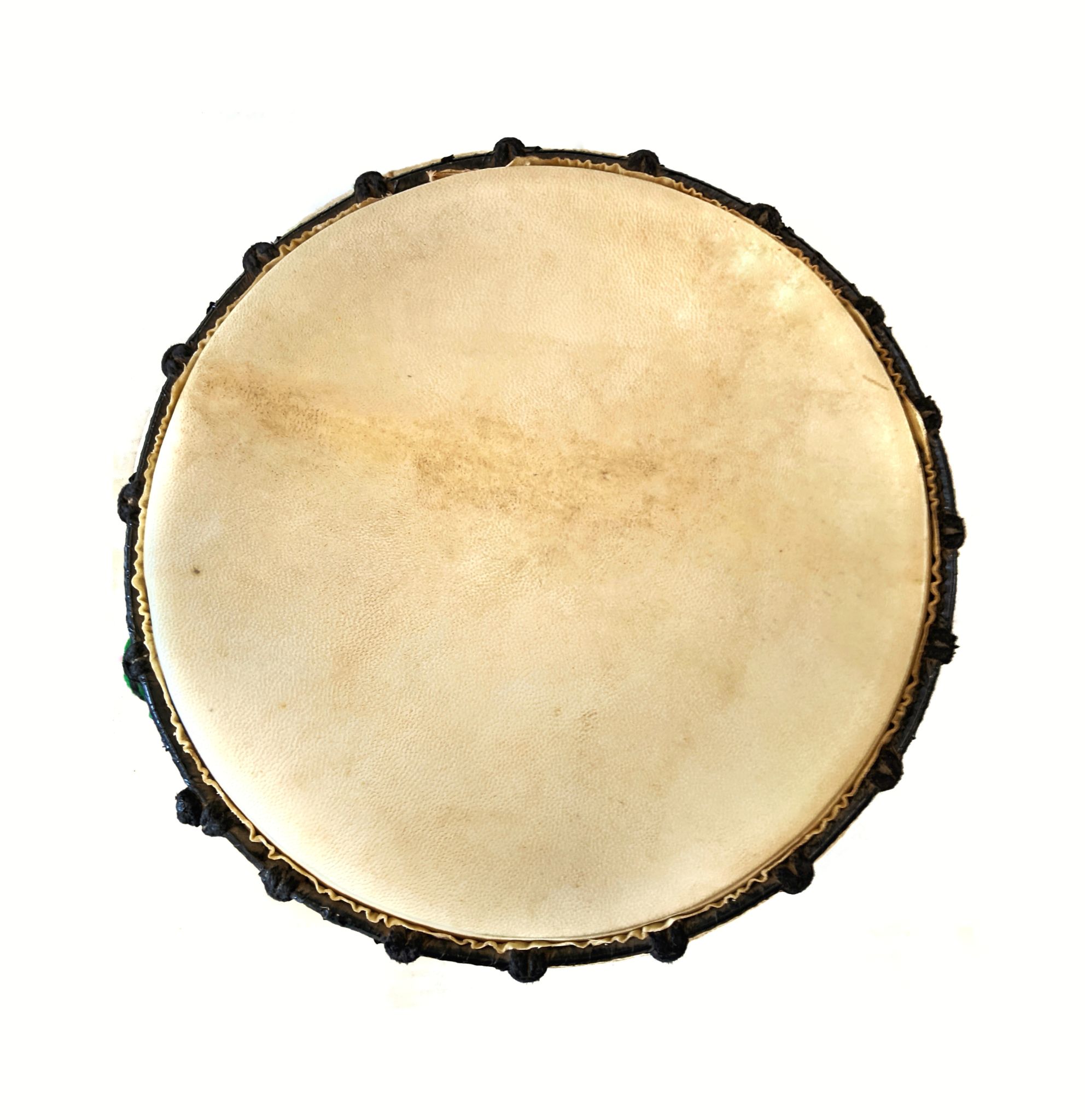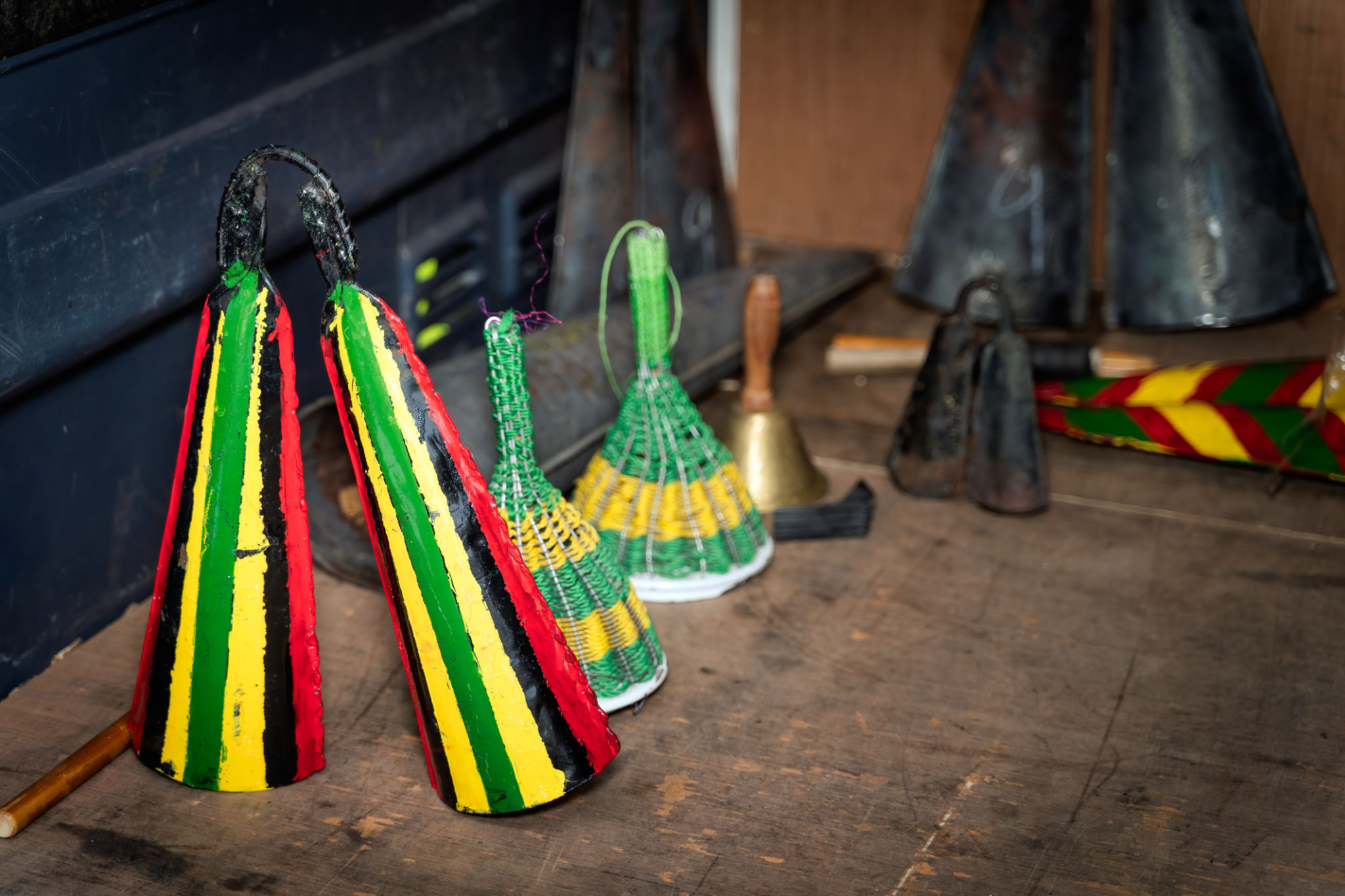The Art of African Mask Dance: History and Techniques
Introduction to African Mask Dance
African mask dance holds a significant place in the cultural tapestry of the continent, blending spiritual, cultural, and artistic elements into a captivating performance. These dances are not merely displays of physical prowess but are deeply rooted in tradition and storytelling, reflecting the rich heritage of various African communities.

Historical Significance
The history of African mask dance dates back centuries, with masks serving as a vital part of religious and social ceremonies. These masks often represent deities, ancestors, or spirits, and their use is believed to channel these entities during performances. In many African societies, mask dances are seen as a bridge between the physical and spiritual worlds, providing insight, protection, or blessings to the community.
The materials and designs of the masks are deeply symbolic. For instance, the choice of colors, shapes, and materials like wood, fabric, or metal often convey specific meanings and stories passed down through generations. Each mask is crafted with precision and care, reflecting the expertise and cultural knowledge of skilled artisans.
Techniques and Styles
Different regions across Africa have developed unique styles and techniques for mask dancing. In West Africa, the Dogon people are renowned for their elaborate and colorful masks that are used in ceremonies to honor ancestors. In contrast, the Chokwe people of Central Africa are known for their intricate masks that depict idealized human forms.

The techniques employed in mask dancing are as varied as the masks themselves. Dancers often undergo rigorous training to master the complex movements that accompany different types of masks. The choreography is closely linked to the symbolism of the mask, with each movement carrying specific meanings that resonate with the audience.
The Role of Music
Music plays a crucial role in African mask dance, providing rhythm and context to the performance. Traditional instruments like drums, flutes, and rattles are commonly used to create an immersive auditory experience. The music not only guides the dancers but also engages the audience, inviting them to participate in the communal experience.
- Drums set the tempo and mood.
- Flutes add melodic elements.
- Rattles provide texture and rhythm.

Contemporary Influence
In modern times, African mask dance has evolved while still maintaining its traditional roots. Contemporary artists often incorporate modern music and dance styles, resulting in a fusion that appeals to a wider audience. This evolution has helped preserve the art form by making it accessible to younger generations who may not be familiar with its traditional aspects.
Despite these changes, the core essence of African mask dance remains intact. Its ability to convey powerful stories and connect people across cultures continues to be celebrated worldwide.
Conclusion
The art of African mask dance is a testament to the creativity and resilience of African cultures. It is a living tradition that embodies history, spirituality, and artistry. By understanding and appreciating this form of expression, we can gain a deeper insight into the diverse cultural landscapes of Africa.
